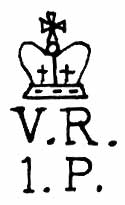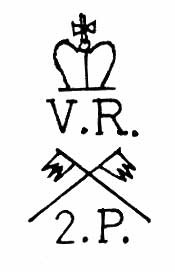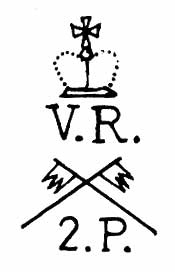
What exactly is "proof" as it pertains to the firearms? Proof, or proving, is a major rite of passage in a firearm's life. It is the act of testing the weapon's barrel and locking system by firing a specially prepared cartridge which generates pressures much higher than the weapon will experience during the course of normal use. This act "proofs", or ensures that the barrel and locking system are sound. The military Martini-Henry went through two proofing processes as described below. A proof mark was applied to the weapon upon the completion of each successful proof test. If a Martini was later converted to .303 Caliber, it went through yet another proofing process, and will bear additional proof marks. Take a look at the Birmingham Gun Barrel Proof House for more information.
The first proof test involved loading the unrifled barrels with a 205 grain black powder charge. This was followed by a 715 grain lead plug. Finally, a 1/2" thick cork plug was forced down atop the lead plug. At this point in the manufacturing process, the unrifled barrels were not yet mated to an action body. A plug with a flash hole was inserted into the breech end of the barrel. The barrels were mounted in a cast iron frame with the breech end resting against a lead bar. To ignite the proof charge, a trail of gunpowder was ignited via a cap. This touched off the proof charge through the flash hole in the breech plug. First proof marks were then applied to the barrels (as that was the component being tested). Note the minor difference in appearance between the Birmingham and London Proofhouse markings.
Second proof was performed with the finished barrel mated to a complete action body. A charge of 137 grains of black powder and a 715 grain bullet was fired to test the action. Second proof markings were applied to the action body, as this was the component being tested. As with the first proof markings, there is a slight difference between the Birmingham and London Proofhouse markings.
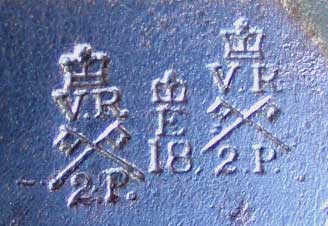
|
Upon conversion to .303 caliber, this particular Martini had another second proof marking applied to its action body by the London Proofhouse. The symbol between the two proof marks is an inspector's mark.
|
Interim First Proof Marks
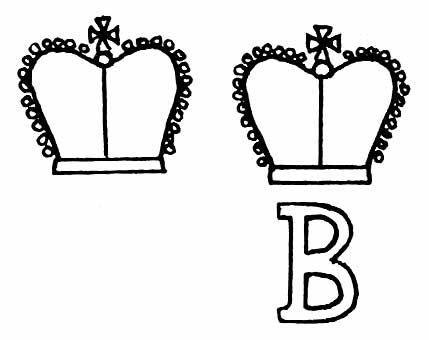 |
Sometimes, interim first proof marks are noted. These markings area applied to barrels only. These are Birmingham Proofhouse interim first proof markings.
|
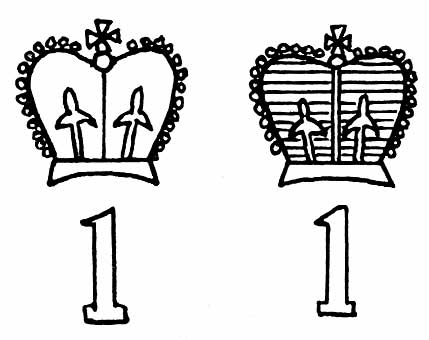 |
At left are London Proofhouse interim first proof markings |


